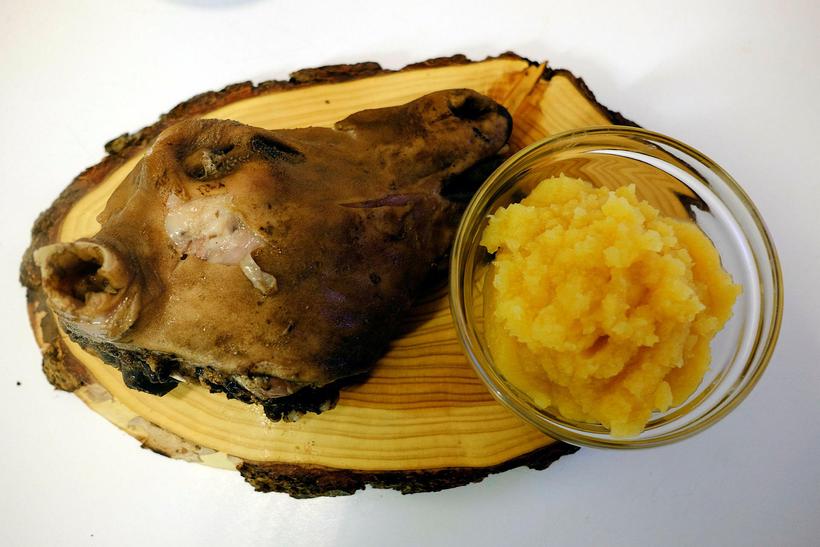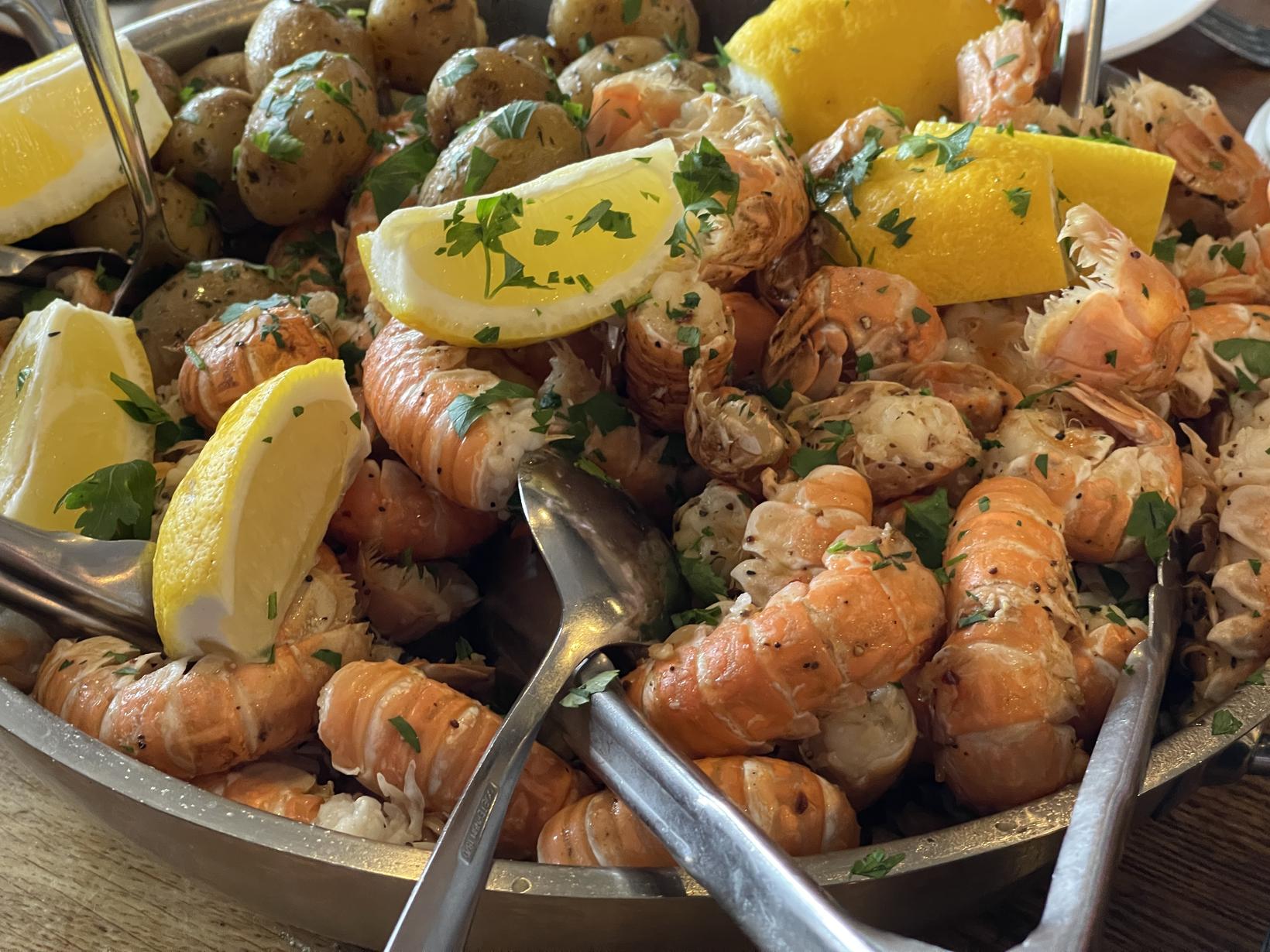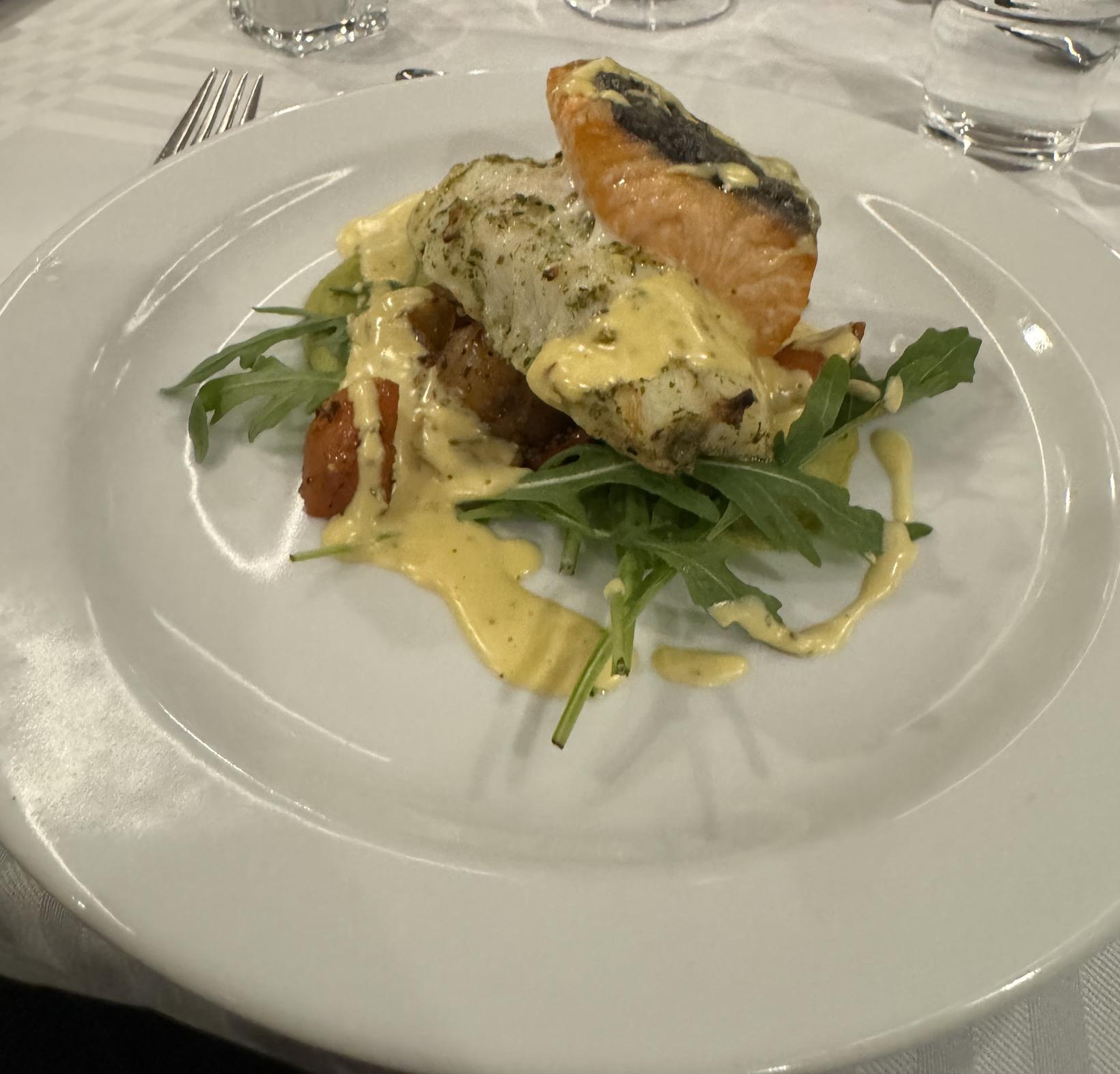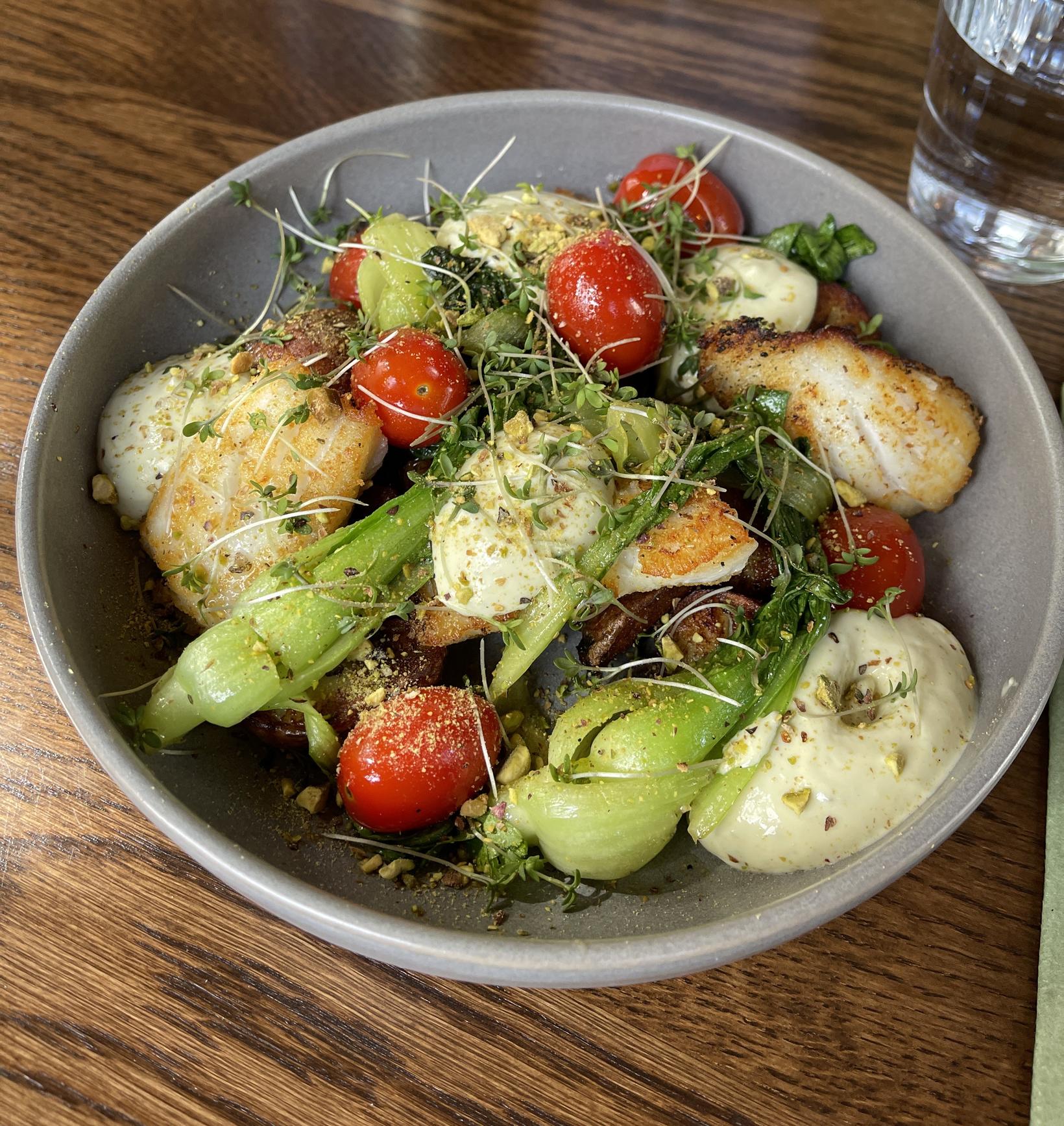Icelandic cuisine deserves better
Despite its commendable quality, Icelandic cuisine is plagued by short-sighted marketing preventing it from getting the praise it deserves.
The website TasteAtlas has recently reached considerable popularity, with a follower count on Facebook of around 1 million. It publishes an annual ranking of the best and worst cuisines in the world. This year, Italy, Japan and Greece swept the podium. Iceland did not even make it in the top 100. Is this a consequence of the quality of Icelandic cuisine? The general consensus would answer with a categorical “yes”, but even a superficial look at the blooming culinary scene in Iceland is enough to cast doubt on this.
More popular does not necessarily mean "better"
Looking at the list, one may be excused for thinking that it shows the more popular cuisines, rather than the best ones - and popularity does not necessarily equate with quality. People are more likely to rate higher something they are familiar with. Italian, Japanese and Greek restaurants are ubiquitous in the world, so they will be more familiar to more people than any other cuisine, and this cannot be simplistically explained with the superior quality of such cuisines alone, given how many poor restaurants offering those cuisines can be found. It is more likely that the spread of those cuisines abroad, and the positive marketing behind them, actually precede the appreciation people show for them.
In other words, it is possible that a lack of appreciation for certain cuisines may be more a consequence of a lack of marketing on their part, rather than a reflection of their merit. Parmesan is rated as the “best” cheese in the world on TasteAtlas , but it is also the most exported and known, so one is left to wonder whether the latter fact does not play a more significant role. At any rate, I fail to see how anyone would be in the position to assert that any cheese is best, when most people will only ever taste an infinitesimal fraction of the ones produced in Italy, let alone worldwide!
After an enquiry on my part, the website denied that popularity has any impact on the rating and informed me that the ranking is based on the average of ratings (though no clear information is given about who is making such ratings and on what criteria), and that the gross number of ratings does not impact results: they simply produce an average of the ratings, whether there are 100 or 100,000. This seems fair on the surface, but anyone with some knowledge of statistics knows that the confidence level of a study increases with a larger sample size, and the data on Iceland seem astonishingly scarce. Moreover, it seems to reflect the perception of superficial and low-budget visitors, rather than the culinary scene itself.
For a start, the restaurants reported in the list are hardly representative of the Icelandic scene, with food trucks and stands being overrepresented and the most renowned restaurants not even making an appearance. The list of “most popular” foods reported includes (in this order):
- Svið
- Hákarl
- Hangikjöt
- Harðfiskur
- Kjötsúpa
- Þorramatur
- Fish and chips
- Hot dog
"Svið" (sheep's head) which is at the top of the list here above is an old traditional Icelandic dish, traditionally eaten during the period of Þorri, a period in late January and February. mbl.is/Ásdís
Despite being fond of all the items reported (including svið and hákarl ), I find it hard to consider any of these items as representative of what the average Icelander eats. They may have been more common once, but that is hardly an excuse: my Italian grandparents used to eat calves’ heads, entrails, testicles, snails and frogs, pigeons… In Sardinia they still produce a cream which is nothing but cheese eaten and digested by fly maggots, and these items are still found and consumed in Italy, but no one would ever dream of considering them representative of what Italians eat nowadays, which is a cuisine by and large developed after the war and bearing little resemblance to what previous generations had eaten (in northern Italy, this had mostly been corn porridge, sitting on the floor in a barn, a diet that caused severe vitamin deficiencies which were one of the largest problems faced by health authorities in the 19th century).
Icelandic cuisine does not have a historical disadvantage
In every European country before the Second World War, most people had poor diets which included items we would consider less than appetising today, but only Iceland decided to rediscover them and exploit them to market itself as a strange place where eating is a challenge to be recorded and shared on social media. Many fail to see how this is disrespectful not only of the culinary scene today, but also of how this is the very food that allowed many generations of Icelanders to survive; meanwhile, no mention is made of the fact that similar items were consumed everywhere in Europe and beyond, perhaps by the very grandparents of the same visitors who make such a scene of their disgust for sheep head and ram testicles. Moreover, in trying traditional Italian snails, frogs, trippa (cow stomach), or some very (very!) smelly cheese, no one would dare make a scene about how difficult it is to put them in their mouth, and if they did, locals would find that disrespectful. I fail to comprehend why Icelanders so often not only accept foreigners disrespecting their survival food from times past, but actually encourage it!
Marketing is the real culprit
This brings us to what I personally believe to be the main problem impacting the perception of the Icelandic culinary scene internationally: marketing. For reasons that are beyond my comprehension, it was decided to focus on the strange and disgusting, perhaps for a lack of confidence in the real cuisine, which was still developing a few years back. The idea must have been that if plokkfiskur , kjötsúpa or brauðterta could not be turned into something considered worthy of international attention (something the Italians have done perfectly with their everyday simple food!), and that was the best Icelanders could do, than it would be best to try to focus on the worst and sell that as a fascinating curiosity.
The most notorious example is hákarl, often translated as rotten shark , a very incorrect adjective which however sounds more dramatic than the correct one, fermented , and illustrating a rather different process from the fermentation which actually takes place. This is no less ridiculous than the marketing of Italian blue cheese as “rotten milk” would be. It seems innocent, but it is not: it has had the long-lasting consequence of spreading a negative prejudice about Icelandic cuisine and hurting its reputation, making it difficult for its excellences to be acknowledged and recognised as they should. Not to mention that it gives the wrong impression that Icelanders eat shark on a regular basis!
We all like to believe that the scary marketing will encourage visitors to try Icelandic food and then change their minds, but we should all keep in mind that a confirmation bias is always at play, and most of us do not roam the world looking for data on which to base our ideas, but rather look selectively for just the data that confirms preconceived ideas. In other words, more visitors are likely to come to Iceland looking to confirm the negative picture they got from (bad) marketing than they are to be blown away by the quality of the food scene. They come here with an idea which includes rotten (sic!) shark and sheep head, they try these items once, eat cheap and more familiar food purchased in Bónus for the rest of their stay, and come back home telling their friends about how disappointing Icelandic cuisine is.
Comparatively fewer people do justice to the quality and freshness of Icelandic lamb (a resource that authorities should consider protecting and promoting much more), fish, langoustine, mussels and scallops, local herbs and vegetables, and to the array of experimentations that Icelandic chefs are capable of, resulting in a cuisine that is extremely tasty, varied, fresh and beautiful to look at.
Even fermented shark is a matter of perspective
I have been working regularly as a guide for Italians since 2017, accompanying thousands of them around Iceland; not once have any of them ever reportedhaving had anything but a great food experience. They may have not liked particular dishes, but they always marvelled at the quality, the freshness and the beauty of what they were served. It is time for Icelanders to realise that their country can today boast some of the best restaurants in Europe, and that Iceland, and not only its capital, could easily be sold as a food destination, given the incredible results reached by its culinary scene. The only thing preventing this from happening is a silly approach to marketing - much more so than the prices. Although these are often considered excessive, this is an assumption which does not bear scrutiny: lower end restaurants in Iceland may be dearer than comparable ones abroad, but the higher-end ones haveprices on a par with their counterparts abroad. We should all do better in convincing visitors that it is worth investing some money to eat in a good Icelandic restaurant.
To illustrate the power of the influence that marketing can have on people’s perception I shall report an anecdote regarding the very thing which I assume most readers would consider impossible to market in a better way: fermented shark. I was wise enough to record and livestream this on my social media page, for hundreds of thousands of people to see as proof: instead of presenting fermented shark as something gross to try and swallow without vomiting, as some kind of (disrespectful) challenge, I described shark as something not so strange as they say. An acquired taste for sure, but most Italians can remember finding Gorgonzola cheese or red wine gross when they were children, only to then grow and end up loving them. I then added that, despite the different consistency, shark does indeed taste like a strong cheese, and if one likes the latter, one is likely to appreciate the former. I let everyone pick a piece and taste it: they all found it to be not at all bad. Some helped themselves to more and more servings. Some did not love it, of course, but they did not act like they were about to vomit either, which is in itself a great result, comparing to the silly reactions often portrayed online!
I have been presenting shark in this way ever since, with identical results. If it is possible to get this reaction with fermented shark (from Italians, perhaps the pickiest people in the world when it comes to food!), imagine what could be done with the rest.
Roberto Lugi Pagani is a doctoral researcher in medieval studies at the University of Iceland and has published books on Iceland, including translations of sagas and the Iceland Traveler Guide for National Geographic. He sits in the board of the Italian-Icelandic Trade Chamber and established the social media project “Un Italiano in Islanda” (An Italian in Iceland) where he disseminates information about Icelandic history and culture.









/frimg/1/57/87/1578747.jpg)





